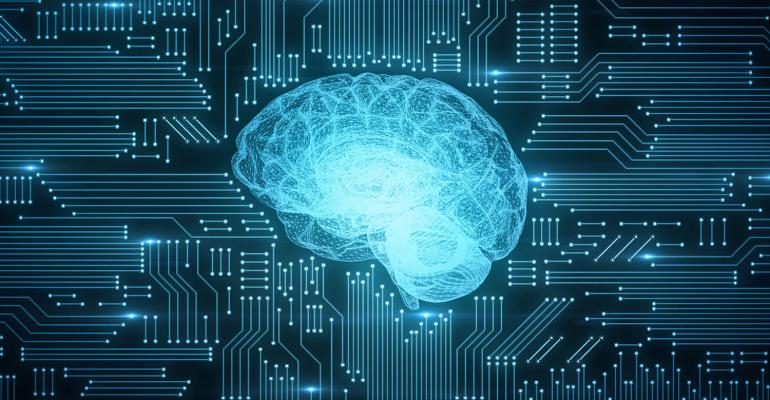No products in the cart.

Who should read this? Technical people who wish to revisit machine learning quickly. Non-technical people who want an introduction to machine learning but have no idea about where to start with. Anybody who thinks machine learning is “hard.” Why Machine Learning? Artificial Intelligence will shape our future more powerfully than any other innovation, this century. The rate of acceleration of AI is already astonishing. After two AI winters over the past four decades, rapidly growing volumes and varieties of available data, computational processing that is cheaper and more powerful, and affordable data storage, the game is now changing. In this post, you will explore core machine learning concepts and algorithms behind all the technology that powers much of our day-to-day lives. By the end of this, you would be able to describe how it functions at the conceptual level and be equipped with the tools to start building similar models and....
Subscribe
0 Comments